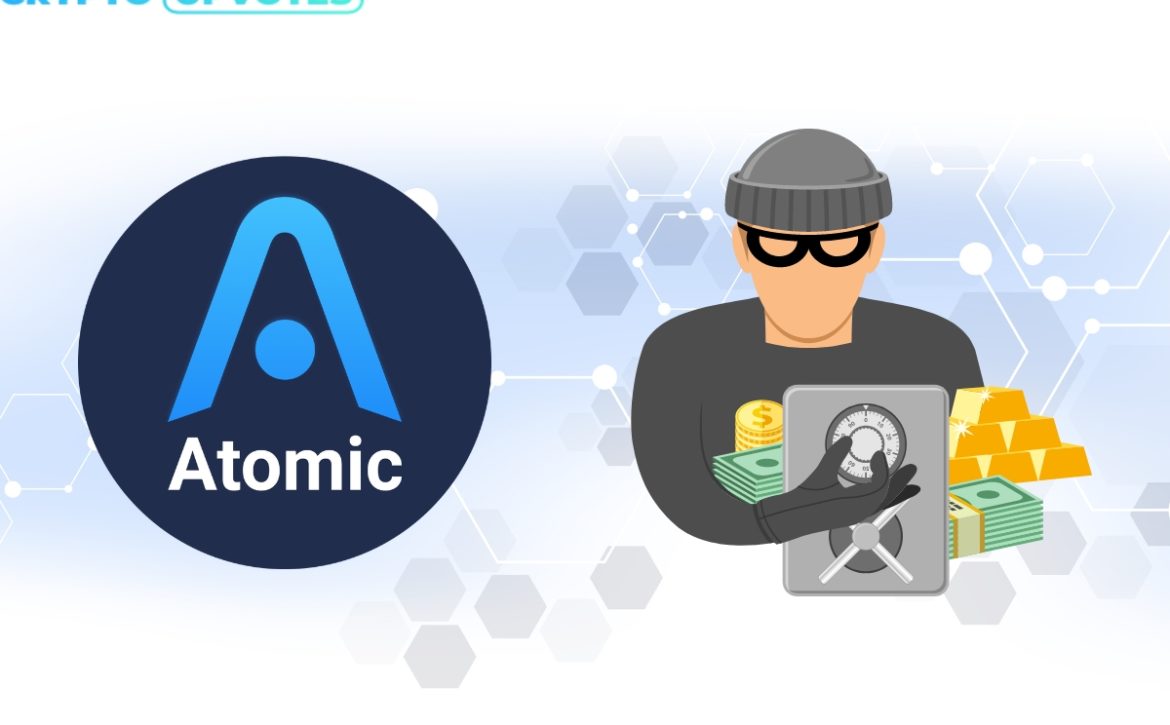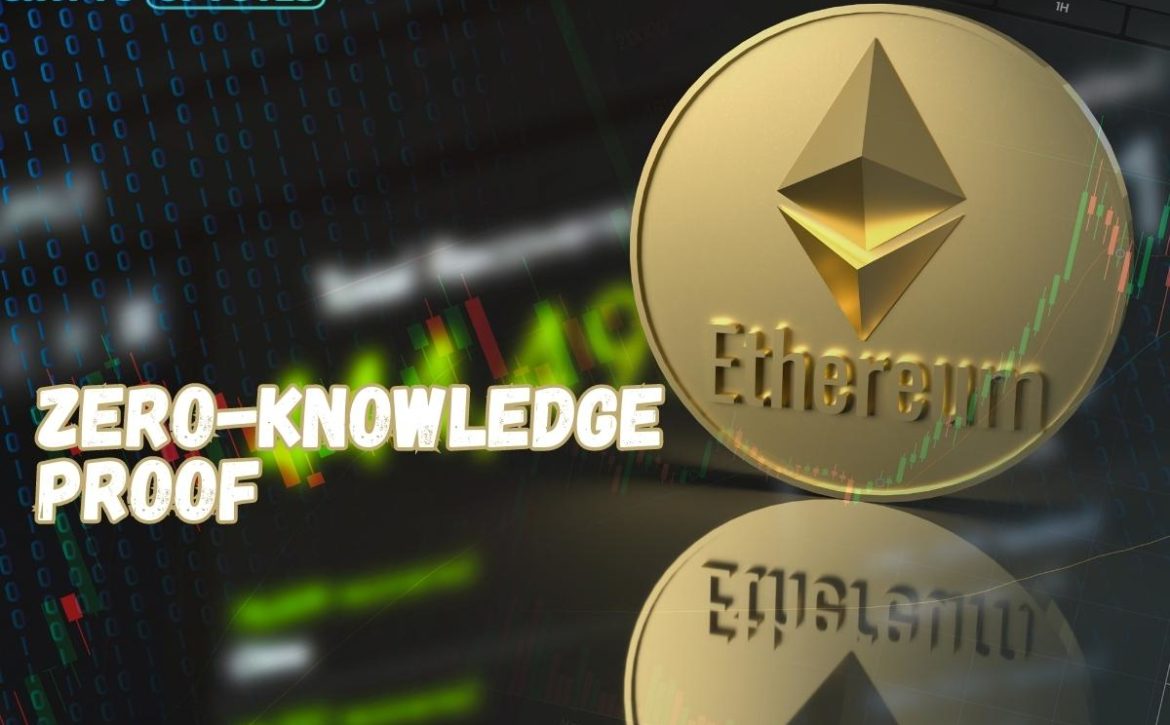A new list of cryptocurrency-friendly banks emerged after the collapse of Silvergate and Signature. And at the moment more fragmented and less U.S.-oriented. Crypto Upvotes expert review
Bloomberg compiled a list of banks working with cryptocurrency companies. The journalists interviewed more than a dozen industry players, including banks, crypto exchanges and trading firms. As well as startups and consultants, and formed a list of banks around the world. Which are ready to accept clients from the crypto industry.
Two months after the collapse of Silvergate and Signature banks – amid increasing pressure from U.S. regulators on the crypto industry. Then a new cryptocompany-friendly banking system is now taking shape. In the U.S., firms are going to small regional lenders. Likewise, more and more market participants are turning to Swiss and Asian banks.
As a result, the new system is more fragmented. It’s also less U.S.-oriented and less publicized, the publication notes.
The following banks now work with cryptocurrency firms in the U.S:
Customers Bancorp of West Reading, Pennsylvania, operates CBIT, a real-time payments platform for trading firms, exchanges and institutional investors. The platform allows transfers in U.S. dollars seven days a week. It is used by Circle, the issuer of USD Coin Stablecoin, and the Coinbase and Bitstamp exchanges were also Customers customers.
Cross River Bank, based in Fort Lee, New Jersey, is known for its ties to fintech companies. It provides banking services to some cryptocurrency firms. Such as Coinbase and Circle.
Western Alliance Bank, based in Phoenix, Arizona. It also has a digital asset and blockchain division. Which serves customers in this sector. It also offers real-time payment capabilities.
Axos Financial Bank, based in Las Vegas, Nevada. It also opens bank accounts for some cryptocurrency firms. The SEC lawsuit lists it as one of the banks used by Binance.US. The bank previously had big plans to move into cryptocurrencies. But now they are frozen indefinitely.
FV Bank International, registered in Puerto Rico (a self-governing territory under U.S. control). It also allows customers to keep Bitcoin and U.S. dollars in the same bank account. It is launching conversions of some cryptocurrency tokens into U.S. dollars, using third-party brokers for the exchange.
In the Asian market the publication singled out the following 3 banks:
London-based Standard Chartered offers banking services to a “very select” group of digital asset service providers. And it supports them in providing services to connect and disconnect platform users. The bank’s services for digital asset firms include corporate accounts. As well as client asset accounts and currency exchange, primarily in Singapore, Hong Kong and the United Arab Emirates.
DBS Group Holdings is Singapore’s largest bank. It was founded in 1968, three years after Singapore broke away from Malaysia. And became a separate country. The bank offers deposit accounts to regulated companies. Who deal in digital assets and blockchain. It also offers corporate, institutional and accredited clients the ability to deposit. As well as withdrawals through its own digital platform, the DBS Digital Exchange.
ZA Bank is the largest virtual bank in Hong Kong. It now plans to offer conversion of tokens into fiat currencies on licensed exchanges. In addition, the bank plans to provide an account service for the digital sector.
Among the European banks the publication singled out the following:
London-based BCB Group offers customers access to its Blinc payment network for issuing digital assets. It operates in the European region. And in doing so, it allows participants to instantly pay each other in different currencies. The firm offers business accounts, over-the-counter trading in cryptocurrencies. As well as fiat currencies, digital asset storage and treasury services for clients. And also including exchanges, market makers, lenders, funds, brokers and traders.
Bank Frick & Co, based in Liechtenstein, offers banking services. Such as business accounts, for example, for established firms and startups in the blockchain and cryptocurrency sectors. It also offers trading and storage of some cryptocurrencies, including Bitcoin and Ethereum.
SEBA Bank AG in Switzerland offers individuals, companies and institutional clients access to trading. As well as investments in structured products, storage and borrowing of digital and traditional assets. SEBA has term deposit accounts and payment services. But it also offers crypto investment trackers and a cryptocurrency credit card.
Sygnum Bank AG, based in Switzerland and Singapore. It specializes in digital assets for institutional and private qualified investors. As well as corporate clients and financial institutions. It offers custody, brokerage, tokenization, asset management, lending. And business banking, accepting deposits in Swiss francs, euros, Singapore dollars and U.S. dollars to buy, trade and hold cryptocurrencies.
Payment service provider Clear Junction offers financial institutions, including cryptocurrency companies, access to UK bank accounts. As well as virtual international bank account numbers, payment networks, currency exchange and e-wallets. Companies can receive deposits to buy digital tokens. And they can accept payments through traditional bank transfers. And keep funds under their own name using correspondent accounts.









